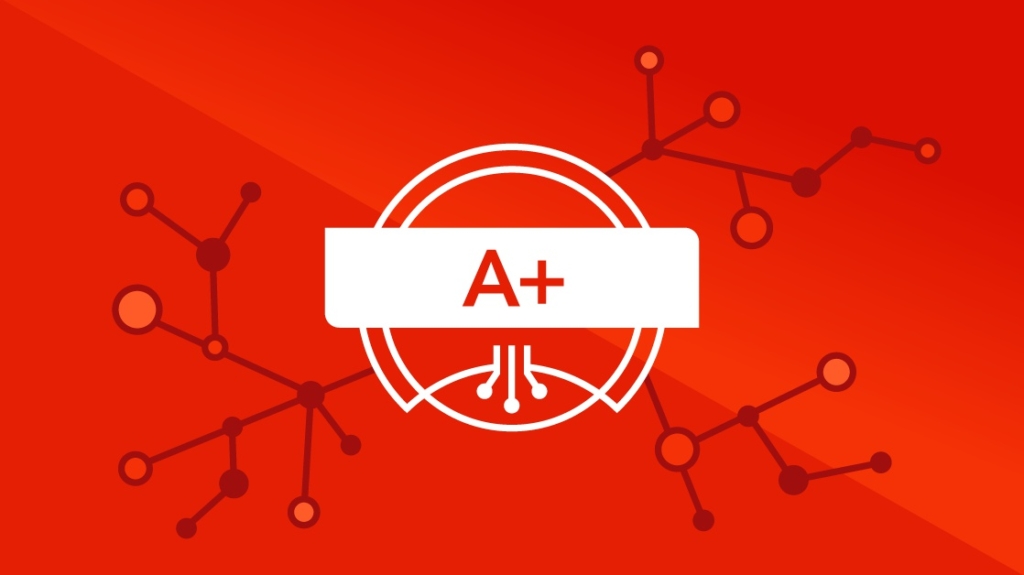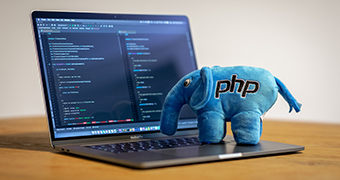Category
Repairs

Description
CompTIA A+ certified experts have a track record of problem solving. They support today's essential technologies, including as security, networking, and virtualization, among others. CompTIA A+ is the industry standard for starting a career in information technology in today's digital environment.
CompTIA A+ is the only industry-recognized certificate that includes performance testing to demonstrate that professionals can think on their feet and accomplish important IT support tasks. Employers all over the world rely on it to identify the go-to person in end-point management and technical support roles. CompTIA A+ is listed in more tech support job advertisements than any other IT certification.
Course Content
27 MODULEs • 3 months total length






